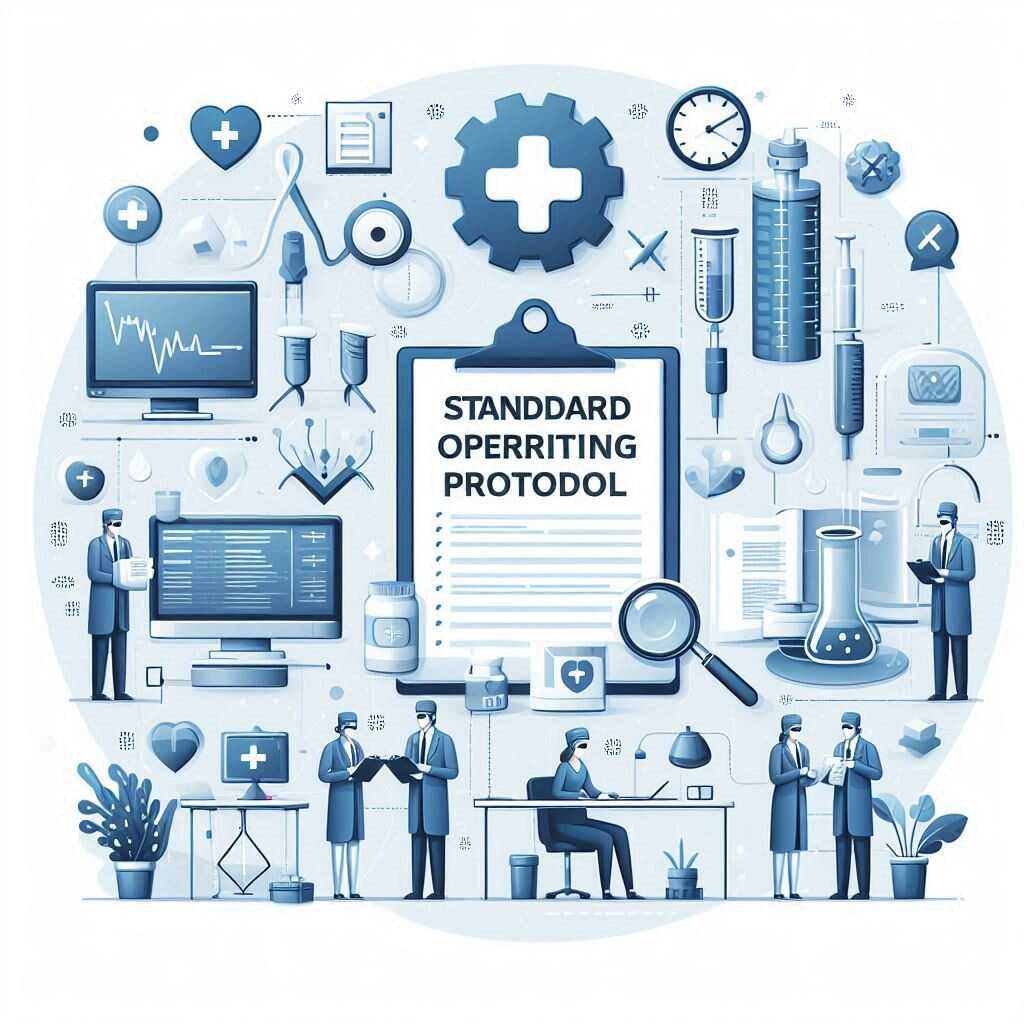Protocolo Operacional Padrão: Complete SOP Guide
Introduction
A Standard Operating Procedure (SOP), known in Portuguese as Protocolo Operacional Padrão (POP), is a structured document that outlines step-by-step instructions for carrying out specific tasks consistently. SOPs are essential tools in organizations because they ensure efficiency, compliance, and quality while reducing risks and errors.
By standardizing how processes should be performed, SOPs make operations more predictable and reliable, which helps organizations deliver consistent results.

What is an SOP (POP)?
An SOP is a formal written procedure that describes how to complete a process or activity safely and effectively.
Key Characteristics
- Written in clear, practical language
- Designed to ensure consistency across tasks
- Tailored to a specific department or function
SOPs vs. Other Documents
- Work instructions: More detailed and task-specific than SOPs
- Manuals: Broader documents that may contain multiple SOPs
Common Application Areas
- Healthcare and laboratories (patient safety, sample handling)
- Manufacturing and industry (equipment operation, quality checks)
- Education and administration (document approval workflows)
- Food service and hospitality (sanitation and safety)
Benefits of Implementing SOPs

- Error reduction: Clear instructions lower the risk of mistakes
- Productivity gains: Streamlined workflows save time
- Quality assurance: Consistent results across staff and departments
- Training support: New employees learn procedures quickly
- Compliance: Meets regulatory standards (ISO, ANVISA, FDA, OSHA)
Structure of an SOP (POP)

While SOPs can vary, a complete structure typically includes:
- Identification – title, code, version, date of creation/revision
- Purpose – why the procedure exists and its intended outcome
- Scope – where and when it applies
- Responsibilities – who must follow it and their roles
- Required resources – tools, materials, and equipment
- Procedure – step-by-step instructions, often in numbered format
- Safety precautions – warnings and compliance with safety standards
- Associated records – checklists, logs, or forms linked to the task
- Flowcharts/diagrams – visual aids to simplify complex processes
- References – external standards or internal policies that apply
How to Write an Effective SOP
- Assess needs: Identify processes that require standardization
- Engage staff: Involve employees who perform the tasks daily
- Keep it clear: Use short sentences and avoid unnecessary jargon
- Test it: Run a pilot to validate that it works in practice
- Approval process: Have it reviewed and signed by management
Implementing and Managing SOPs
- Rollout plan: Introduce SOPs gradually with clear communication
- Training sessions: Ensure staff know how and why to use the SOP
- Accessibility: Store SOPs in an easy-to-access format (digital or physical)
- Monitoring: Supervisors should check if staff follow the procedures
Maintaining and Updating SOPs
SOPs must evolve alongside the organization. Regular updates are critical.
When to Update
- Regulatory changes
- Adoption of new technology or equipment
- Observed inefficiencies or risks
Best Practice
- Assign version numbers
- Maintain a revision history log
- Schedule periodic reviews (every 12–24 months)
Practical Examples of SOPs
- Laboratory: Step-by-step procedure for handling biological samples
- Manufacturing: Calibration process for production machinery
- Healthcare: Admission and discharge process for patients
- Administration: Document approval and archiving procedure
Common Mistakes in SOP Development and Use
- Overcomplicating the procedure (too bureaucratic)
- Using overly technical language
- Failing to review and update regularly
- Lack of employee buy-in due to poor training
- Treating SOPs as “just paperwork” rather than practical tools
Conclusion
Standard Operating Procedures (POPs) are more than documents — they are the foundation of operational excellence. By ensuring clarity, consistency, and compliance, they help organizations achieve efficiency and maintain a culture of quality. A well-designed SOP is not static but evolves as processes and standards change, supporting continuous improvement.
Additional Resources
- ISO Standards – International guidelines for quality management
- ANVISA regulations – Brazilian health surveillance authority guidelines
- FDA & OSHA standards – U.S. regulations for safety and compliance
- Online courses on process management and quality systems
- Free SOP templates available from professional associations and industry bodies
Top 5 FAQs About SOPs (POPs)
1. What is the main purpose of an SOP?
The main purpose is to standardize processes so they are performed consistently, safely, and in compliance with regulations, regardless of who carries them out.
2. Who is responsible for creating SOPs?
Usually, managers or process owners draft SOPs with input from employees who perform the tasks daily. Final approval often comes from senior management or quality assurance teams.
3. How often should SOPs be updated?
SOPs should be reviewed at least once a year or whenever there is a change in regulations, equipment, or workflow that affects the process.
4. Can SOPs be digital, or do they need to be printed?
Both are valid. Digital SOPs are easier to update and distribute, while printed versions are useful in workplaces where digital access is limited. Many organizations use a hybrid approach.
5. What industries benefit the most from SOPs?
SOPs are widely used in healthcare, pharmaceuticals, manufacturing, food and beverage, education, and administration. However, any organization that values consistency and quality can benefit.







